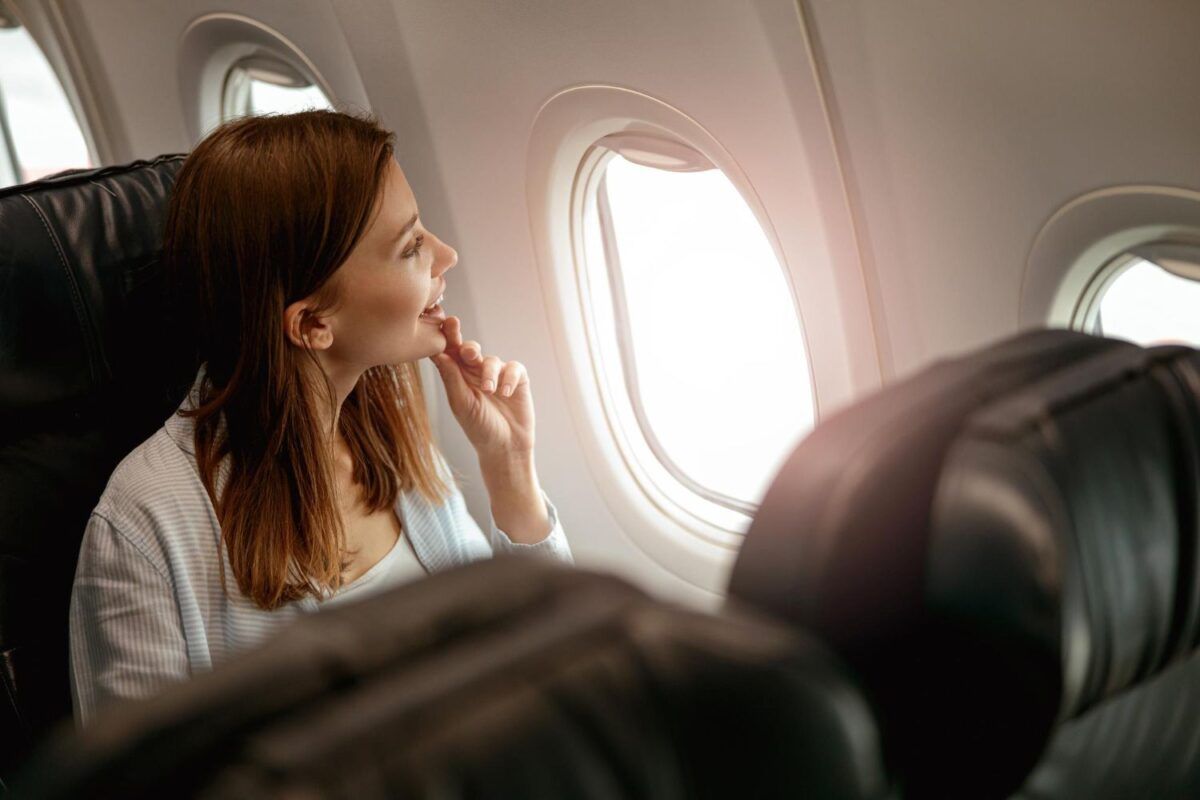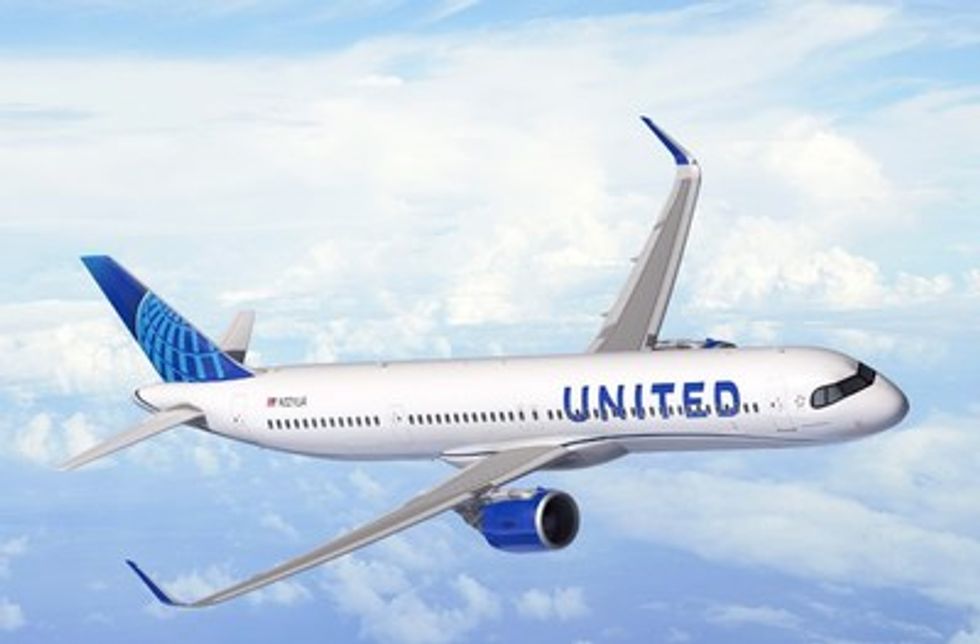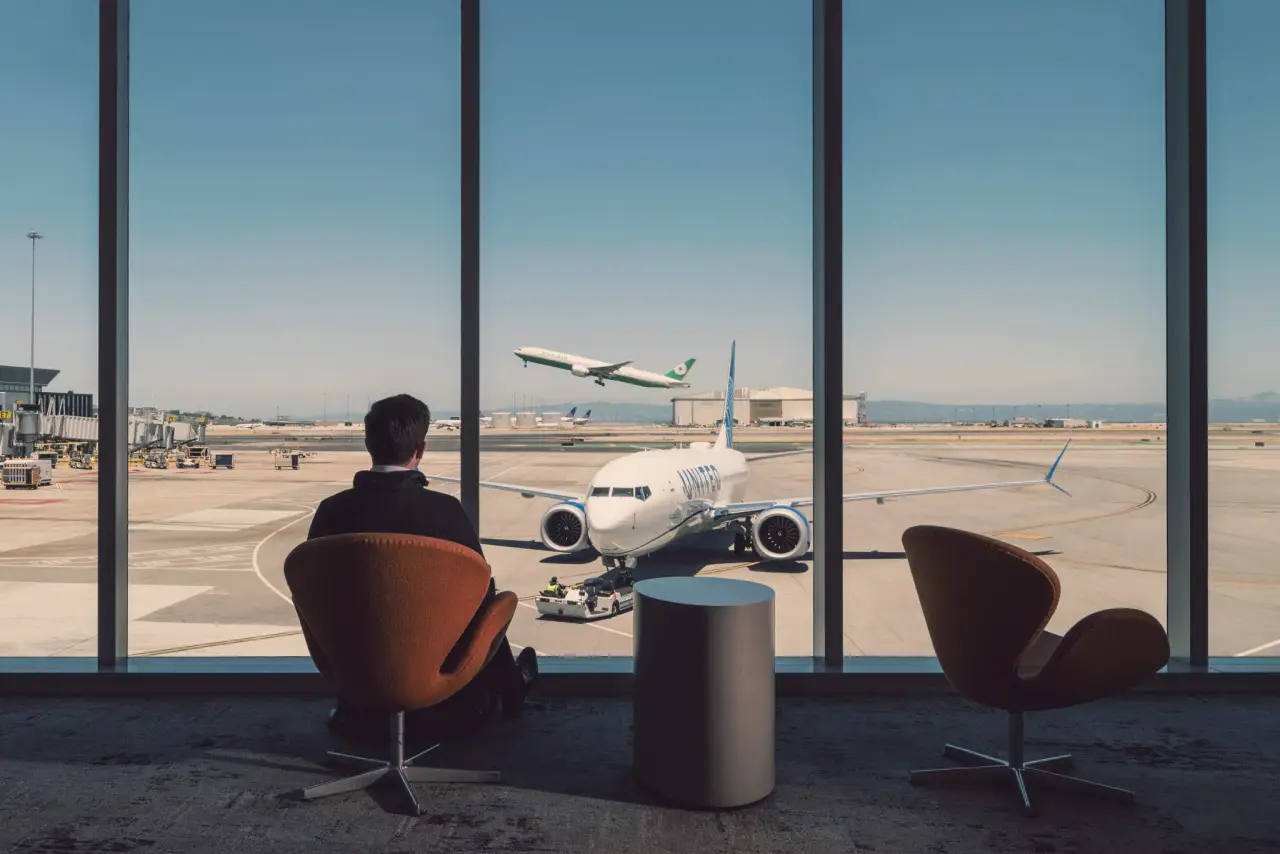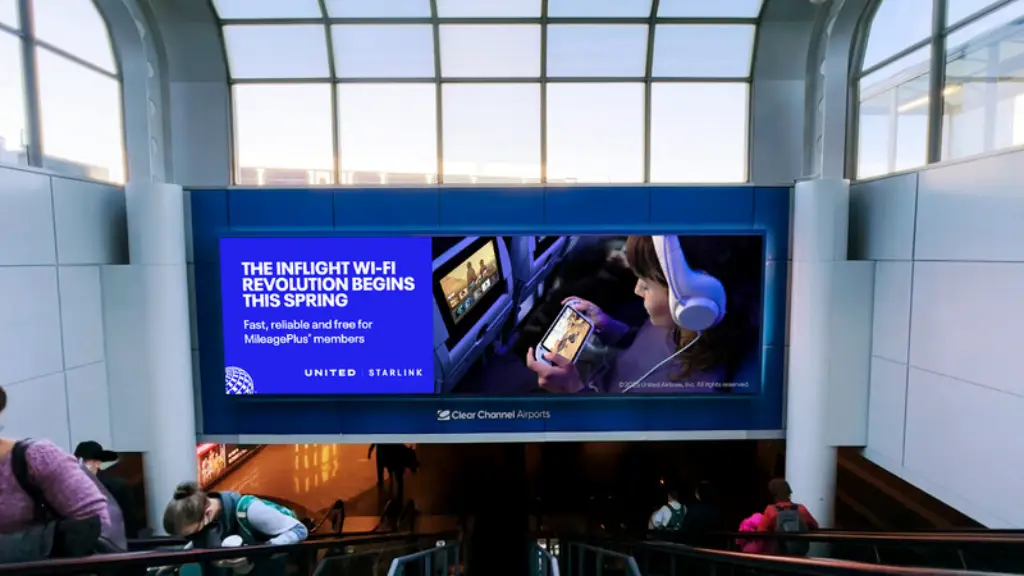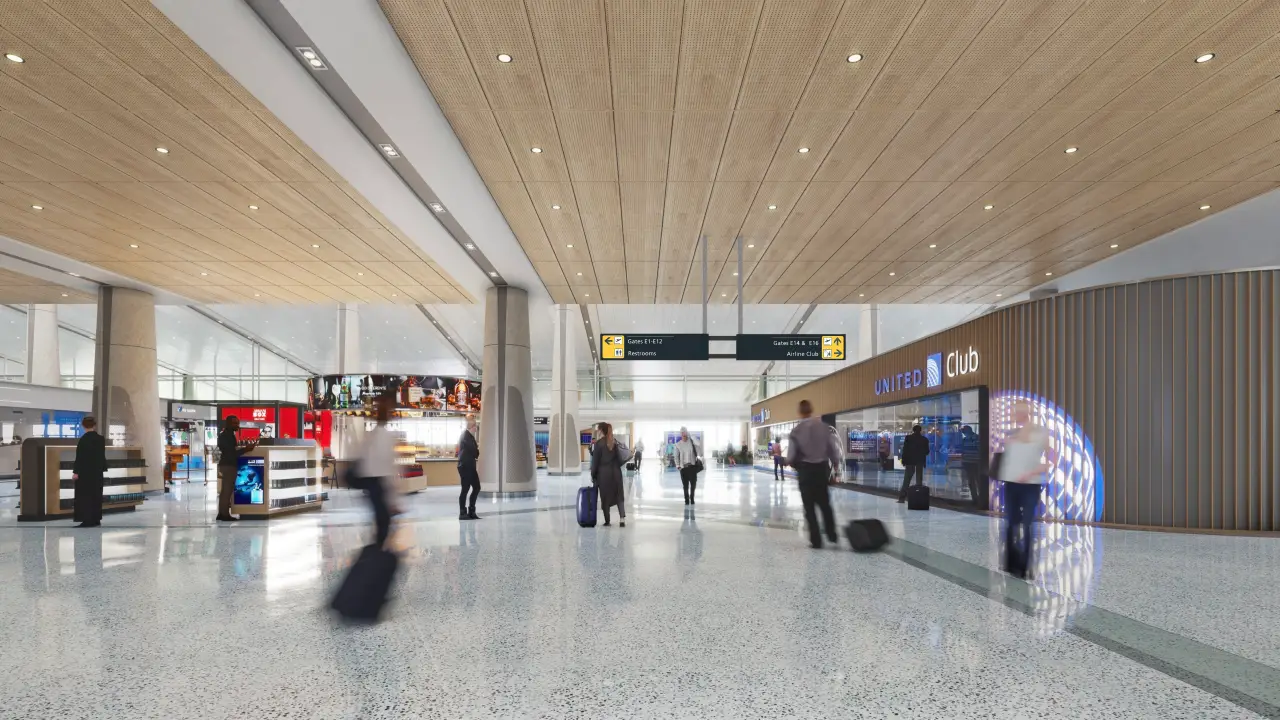United Airlines is introducing a new boarding strategy aimed at streamlining the process for its passengers. Starting October 26, the airline will prioritize boarding for economy class passengers based on their seat location.
The WILMA Method
Dubbed WILMA, an informal acronym for window-middle-aisle, the approach will see those with window seats in economy class board first. They’ll be followed by passengers in middle seats and then those in aisle seats. This change, as revealed in an internal memo and reported by The New York Times, could shave up to two minutes off the boarding time for each flight. The new process will be implemented on domestic and select international flights.
Despite the pandemic-induced slump in air travel, airlines have been proactive in refining boarding processes to enhance efficiency and profitability. United’s WILMA method is not entirely new; it was tested at five airports and even used previously before being discontinued in 2017.
Who Does It Affect?
First and business class passengers won’t see any changes in their boarding routine. The preboarding group remains unchanged, encompassing individuals with disabilities, unaccompanied minors, active-duty military personnel, and families with children aged 2 and below.
Expert Insights on Boarding Efficiency
John Milne, an associate professor of engineering and management at Clarkson University, reported that minimizing aisle wait times and the duration passengers spend adjusting to accommodate others in their row is key to efficient boarding. He views United’s latest move as “a step forward.”
However, Milne suggests that even more can be done. Drawing from his research, he mentions the “reverse pyramid” method, where boarding groups for each seat type could be further split between the front and back halves of the plane. Alternatively, each passenger or family could be treated as a unique boarding group, starting from the window seat at the plane’s rear and progressing forward.
While a two-minute reduction per flight might seem trivial, the cumulative time saved can be significant. As Milne points out, “Over time, if enough flights board swiftly, the cumulative benefit can be substantial, potentially allowing for an additional flight during the day, enhancing profitability.”

